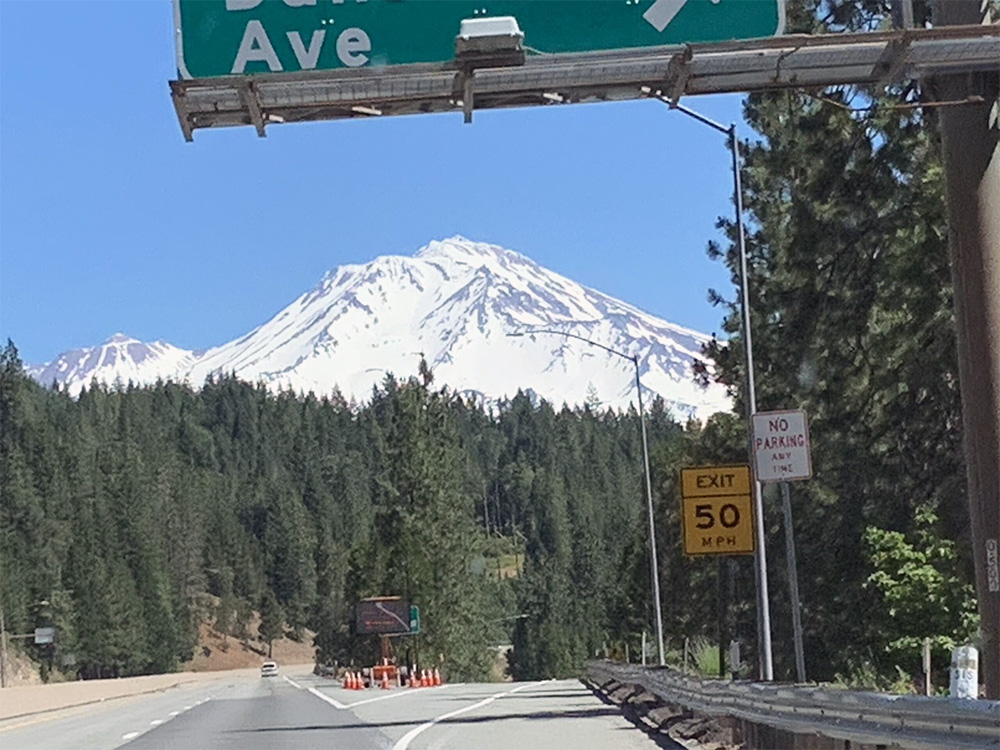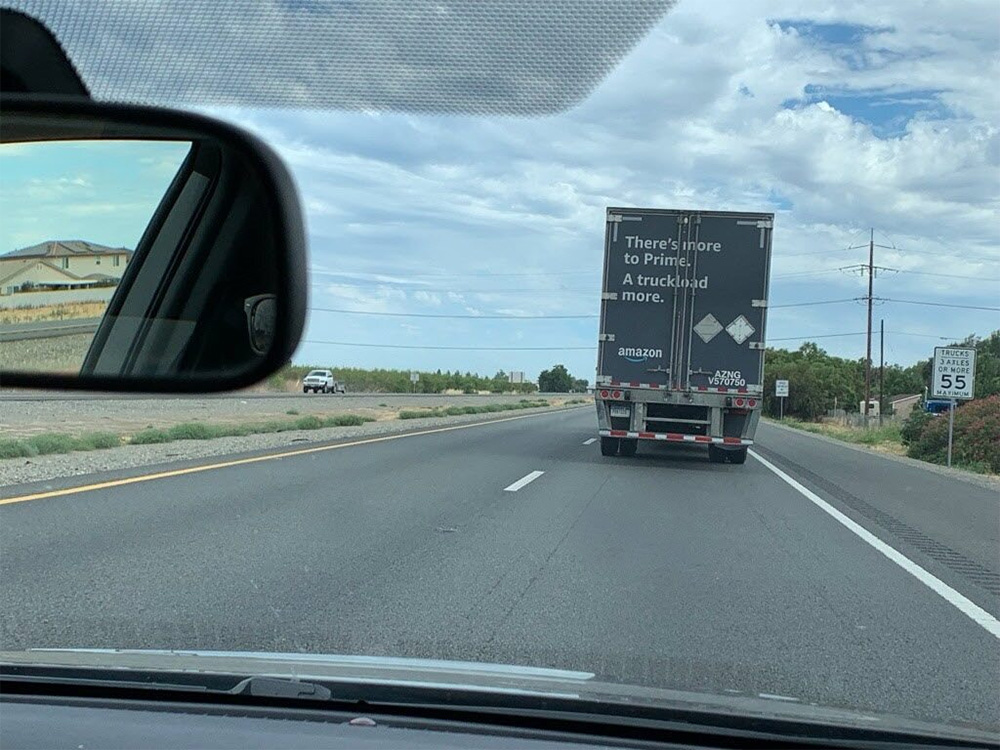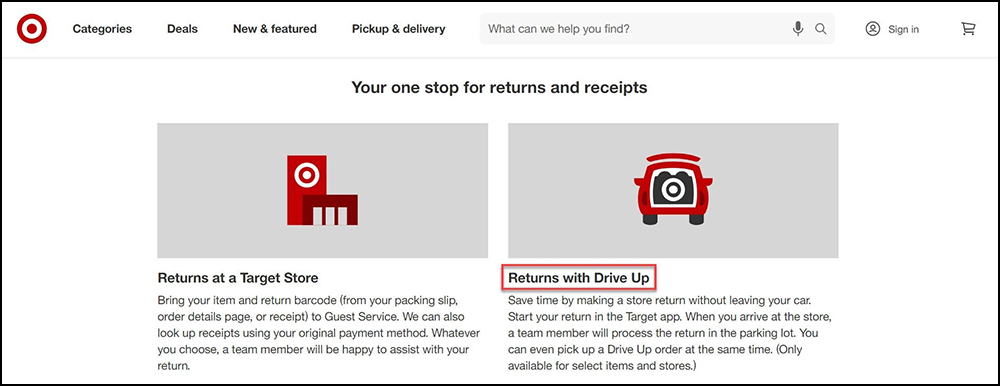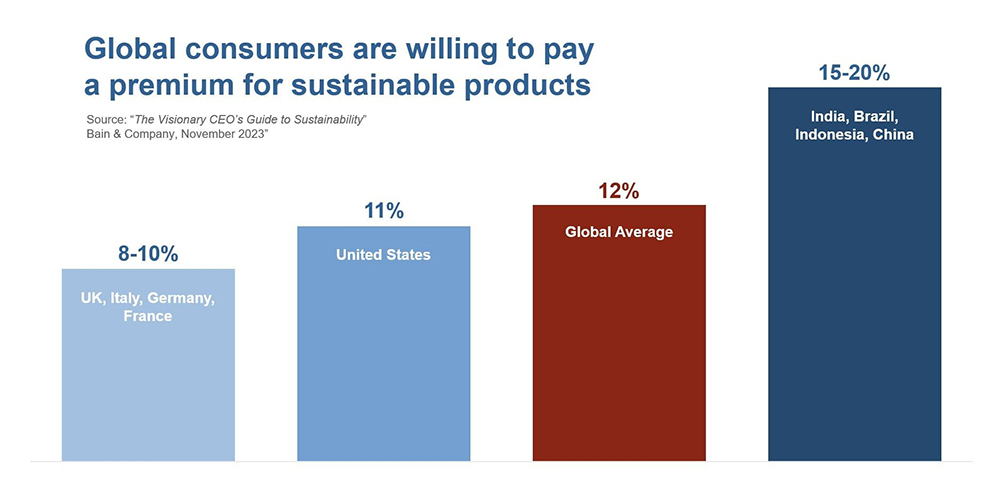
Planes, trains and automobiles: Order fulfillment lessons learned traversing Interstate 5
Spoiler alert: As much as I look forward to spending part of every Thanksgiving watching John Candy and Steve Martin’s characters struggle to get home to Chicago in time for their Thanksgiving dinners in Planes, Trains and Automobiles, this post was not inspired by that classic film. Perhaps another post on another day, but not today.
This post was instead inspired by my recent trek up the entire 1,300-mile length of Interstate 5, from San Diego to the Canadian border, en route to a vacation on beautiful Vancouver Island.
During the drive, I passed thousands of automobiles. I saw hundreds of train cars on the long miles of track. And I watched passenger planes pass over my head to land at busy airports from Orange County to Tacoma.

There were many other sights to see during my journey up and down “the 5.” From the downtown LA skyline to the impossibly high roller coasters of Magic Mountain to the even-higher peaks of Mount Shasta and Black Butte in Northern California to the majestic forests that led to the stately bridges that span the Willamette River near Portland and finally, on to Seattle’s Space Needle and the Peace Arch at the Canadian border, there was indeed plenty to see on the 5.
But as beautiful as those sights may have been, they couldn’t completely distract my attention from something else I saw on the road: freight trucks.
Not just any type of freight truck, mind you, but Amazon freight trucks. Every few miles, without fail, I would encounter yet another 18 wheels and several thousand pounds of stuff heading to Amazon fulfillment centers, on its way to our homes.

Those Amazon trucks were so common I felt compelled to start counting them. And count them I did…for a while. But when I reached ~25 trucks before I had even cleared Los Angeles, I realized I couldn’t continue. There were so many, they were becoming a distraction. So I stopped counting and began worrying. Worrying about the environmental impact of all those trucks, hauling all those boxes, to all those Prime members eagerly awaiting all those deliveries.
My worries were exacerbated by the sheer beauty that Mother Nature so generously gifted to Vancouver Island. I have spent enough time there to say with confidence that it truly is a magnificent patch of land, with natural grandeur around every turn. And I couldn’t help but think how the carbon emissions from every one of those Amazon trucks put all the natural beauty there – and natural beauty everywhere – in that much more peril.

Those existential worries were alleviated slightly, however, by something that I didn’t see on my trip: a Target truck. Not one single Target truck, despite there being more than an estimated 5 million square feet of Target stores within two miles of an exit on Interstate 5. Not one single Target truck, despite the huge share of the $19 billion dollars of Target.com orders that get delivered to shoppers in California, Washington and Oregon every day.
I began looking for Target trucks because of my long admiration for Target’s “stores-as-hubs” strategy that puts their stores at the center of fulfillment. Accordingly, I strongly suspected I would see fewer Target trucks than Amazon trucks. And so, after that 25th Amazon truck, I decided to start counting Target trucks instead, and I waited for the first sighting to start my count. And I waited. And I waited. By the time I returned home, after almost 50 hours on Interstate 5 during this trip, I had seen not a single Target truck on the road.
Obviously this is not a scientific study, as there are certainly Target trucks on the road most days replenishing its stores. But the contrast with the number of Amazon truck sightings was striking. Certainly, Target’s stores-as-hubs strategy is a big part of the reason there were fewer sightings of their trucks.
Chainwide, Target consistently fulfills most of its sales – including ecommerce orders – through its stores. Consider this: In the first quarter of 2023, more than 97% of Target sales were fulfilled by stores.
Target stores ship orders (mostly via light- to medium-duty local delivery trucks), they deliver orders (primarily via passenger cars) and they continue to expand the list of store pickup options as well, with even curbside returns being added to the list last year.

In several regions, sortation centers help streamline and optimize packages from Target stores for more efficient last-mile delivery, reducing costs and carbon. This stores-as-hubs strategy keeps big trucks off the road, reduces the environmental impact, improves margins and enriches the customer experience.
So, perhaps there is a lesson to be learned in these highway observations (or lack thereof): Perhaps the stark contrast between Amazon and Target truck sightings serves as a vivid reminder that the store is indeed a legit option for order fulfillment. Perhaps if retailers upgrade to real-time inventory visibility in every store and optimize their store fulfillment processes, retailers can enhance their competitive position against Amazon. Plus, they can give their customers faster fulfillment options and perhaps an additional measure of peace of mind when they shop and embrace greener choices.
I do understand there are challenges and complexities inherent in managing store fulfillment across a far-flung estate. Despite those challenges, I am bullish on the store as a fulfillment center. And even if some benefits are diminished by the challenges, the benefits to the customer are undeniable. And there may be another opportunity to increase the business benefits. An opportunity that, in my experience, tends to be underutilized by most retailers offering store fulfillment options.
That opportunity, I believe, lies in new marketing strategies. A Bain & Company study of a whopping 23,000 consumers revealed that shoppers – across generations – are increasingly concerned about the environment (72% of Gen Z and 68% of Boomers).

Those concerned consumers – in virtually every region of the world – told Bain they are willing to pay a 12% premium for sustainable products and services. And here’s the best news: Store fulfillment doesn’t require consumers to pay any premium at all. Retailers simply need to encourage consumers to take better advantage of the greener and – this is key – usually speedier fulfillment options already available to shoppers.
So why not turn the tables and take better advantage of store fulfillment, something you’re likely already doing? It would be good for your business, and it would good for the planet. From San Diego to Vancouver Island and everywhere in between.
And it would surely make Amazon green with envy.



